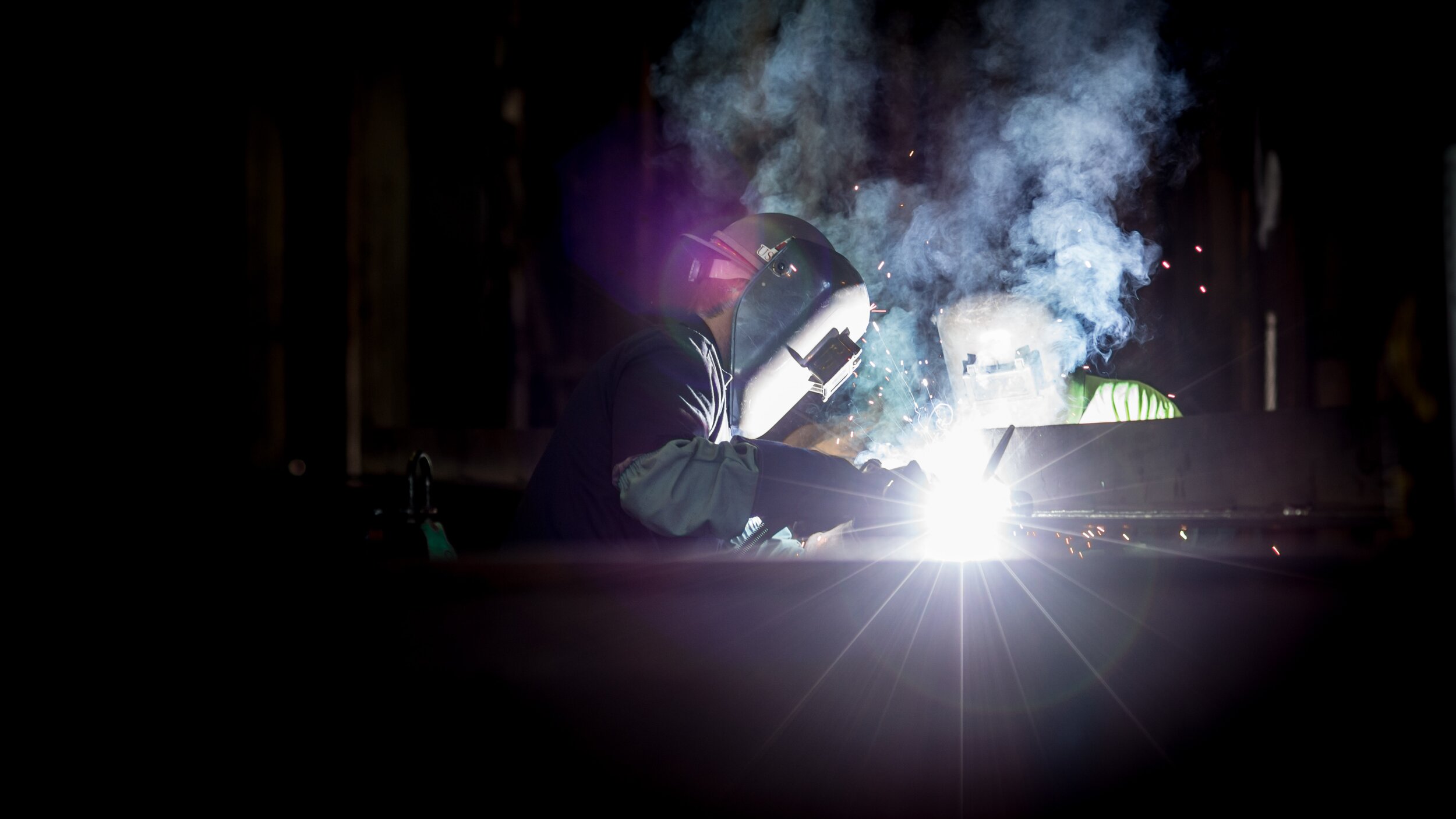
The evolution of tools
Stone tools from the late prehistoric period
Since our hunter-gatherer ancestors first fashioned spears out of rock, there’s been an unending quest to build better tools.
In fact, human advancement has been marked by its mastery of the materials necessary to do just that. The harnessing of metal led the way out of the Stone Age, with the discovery that copper–and later, bronze and iron–could be forged into tools and implements.
For centuries, diamond has been prized for its mechanical properties. Researchers have found evidence of its use as a polishing tool in China, dating back to 2,000 BC.
The first diamond drill was developed in 1751, and in 1871, patents for the first diamond lathe were granted. Despite years of research to create a harder substance, diamond remains the most incompressible of all materials.
Common metal tools in use today.
Between a Rock and a Hard Metal
While diamond is naturally occurring most industrially used diamond is synthetic requiring high pressures and high temperatures to produce, so it’s expensive. Cost isn’t the only drawback for its industrial application. There are limitations to polycrystalline diamond’s uses in industry—it will react with iron and iron based alloys leading to tool destruction. Cubic boron nitride, another extremely hard material, is not as limited in use to cut steel and other alloys, but it also requires high pressure and high temperature conditions to synthesize, making it an even more expensive material than diamond.
Today’s drill bits and cutting tools are commonly made from cemented carbides or tool steels, all significantly softer than diamond, these materials have existed for nearly a century. Advancements in metallurgy and space-age applications demand superhard, wear resistant materials that can withstand the necessary harsh environments. The need for cost-effective, wear-resistant tooling has driven the search for ultra-incompressible, superhard materials.
The Next Generation
Creating superhard metals to meet industrial-strength challenges.
Scientists have two directions to choose from in making superhard, ultra-incompressible materials. The first, is to imitate natural diamond, employing short covalent bonds between carbon or combining it with boron or–but that necessitates using high-pressure and high temperatures, making it a very expensive process. The second approach is to look for material systems with high incompressibility, and add covalency to increase the hardness.
Through four generations of experiments with various formations, they’ve created materials hard enough to scratch diamond, but may still be readily cut and shaped using standard machine tool industry equipment, such as electric discharge machining.
These superhard materials have the potential to cut deep into the machine tool market by not only bridging the cost-gap, but also cut through the performance void between tungsten carbide and cubic boron nitride—used for machine tools, cutting implements, wear surfaces, and the like.



